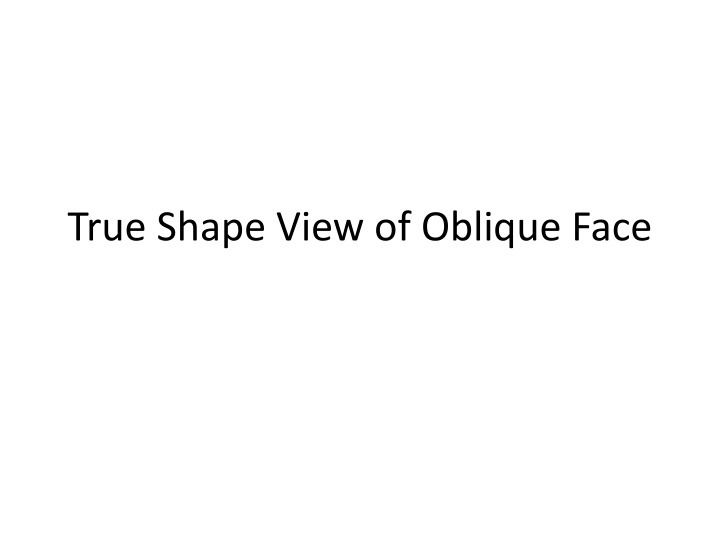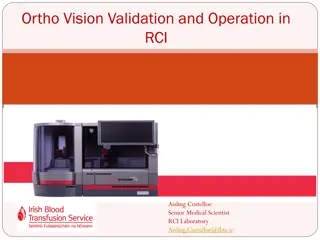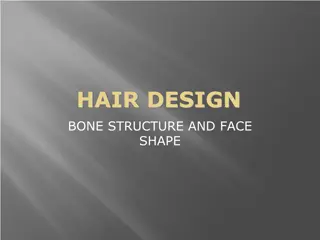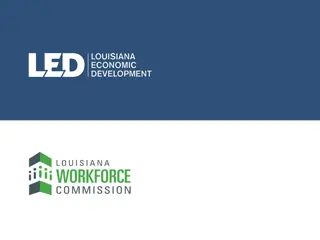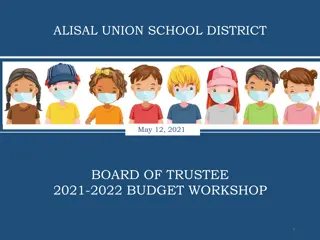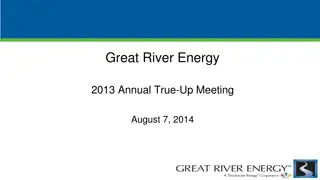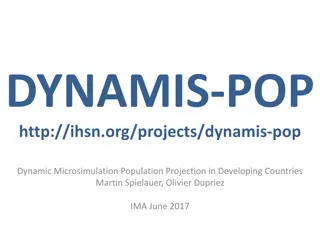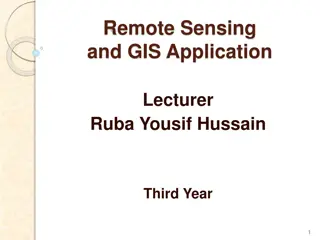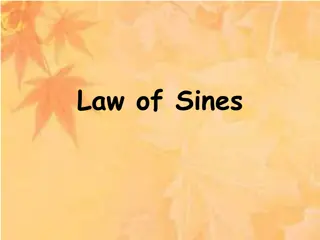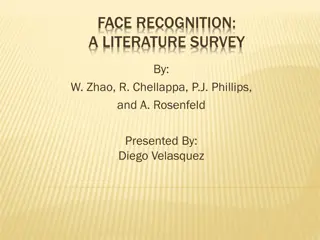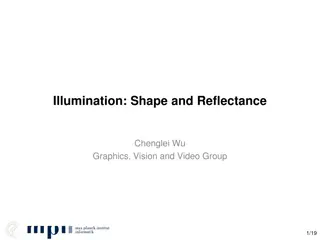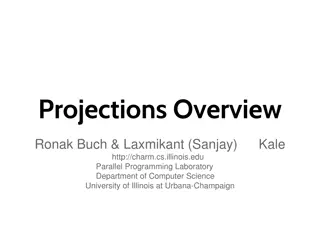True Shape View of Oblique Face and Ortho Projections
Discover the concept of true shape view of an oblique face and the importance of orthographic projections. Explore how edges, lines, and points play a crucial role in visualizing objects in their true form through various projections. Unveil the essence of primary and secondary projection lines, fold lines, and distances in achieving accurate representations. Delve into the intriguing world of multiview and understanding how faces appear on edges for a comprehensive view of geometric objects.
Download Presentation

Please find below an Image/Link to download the presentation.
The content on the website is provided AS IS for your information and personal use only. It may not be sold, licensed, or shared on other websites without obtaining consent from the author.If you encounter any issues during the download, it is possible that the publisher has removed the file from their server.
You are allowed to download the files provided on this website for personal or commercial use, subject to the condition that they are used lawfully. All files are the property of their respective owners.
The content on the website is provided AS IS for your information and personal use only. It may not be sold, licensed, or shared on other websites without obtaining consent from the author.
E N D
Presentation Transcript
Object with oblique face Would be better if face were scalene triangle
Edge appears in true length Find a view in which an edge appears in True Length. Why? Because a projection from that view will show Face as Edge. Why is that? Need some theory of ortho projections for full answer but short answer is TRY IT WITH A SMALL FACE! Why do I need to see Face on Edge? Because, little one, you can then do just one more projection and then see it in glorious True SHAPE
Multiview point labels How do you know that Line is in True Length? It lies in a plane parallel to one of the orthographic projection planes!
Primary projection lines Why are lines in that direction? They could be in any direction, right? Uh, no! Projection has to be such that you see that True Length line as a POINT. To do that, the projection direction must be parallel to the line.
Secondary projection lines Why projection lines in that direction? b/c to see the True Shape, we have to look perpendicular to the face, thus perpendicular to the edge view of that silly face.
